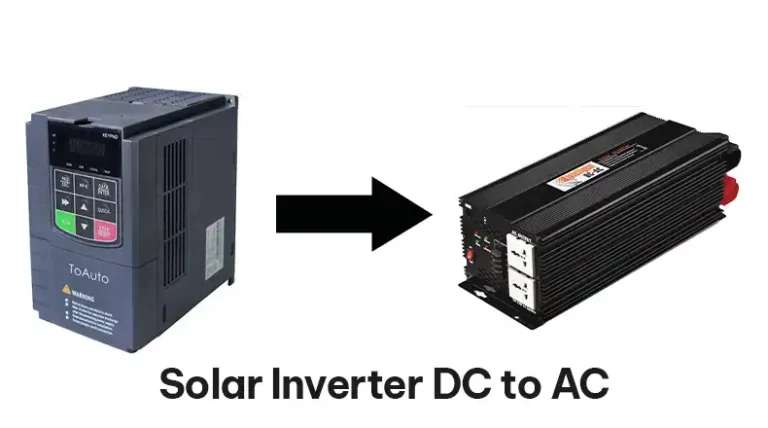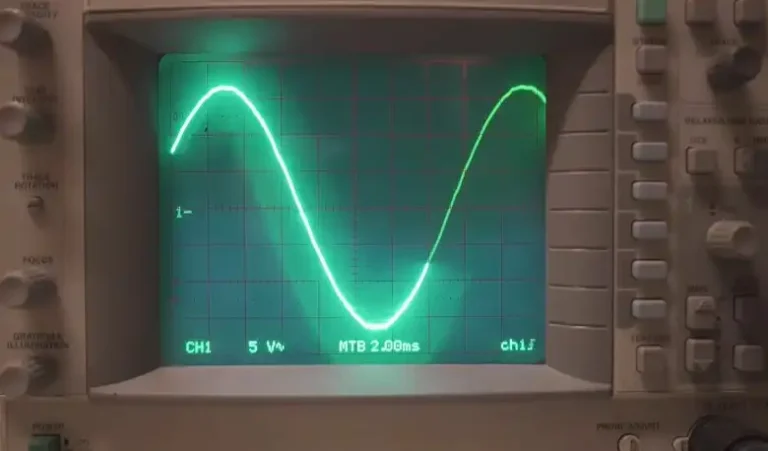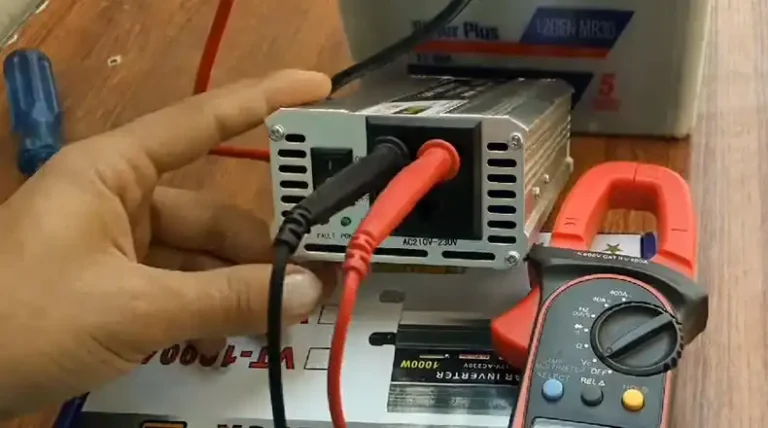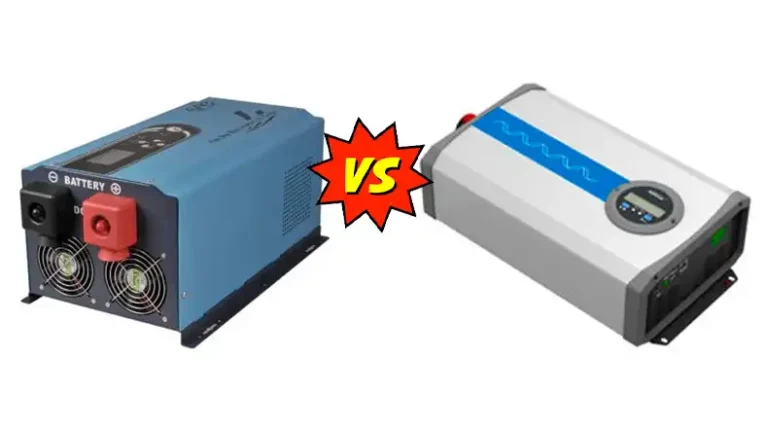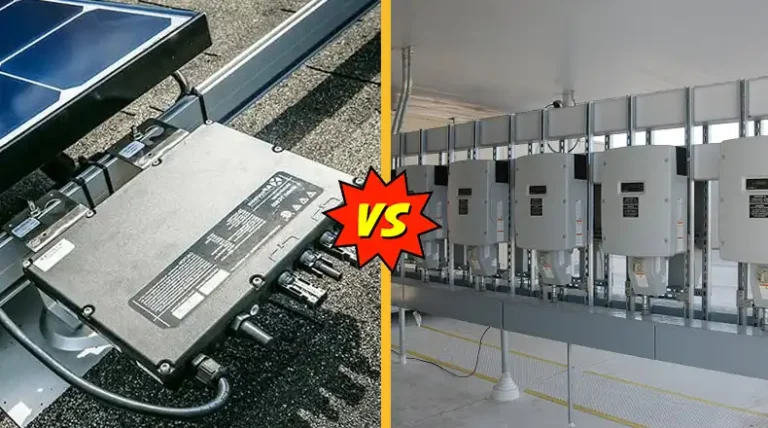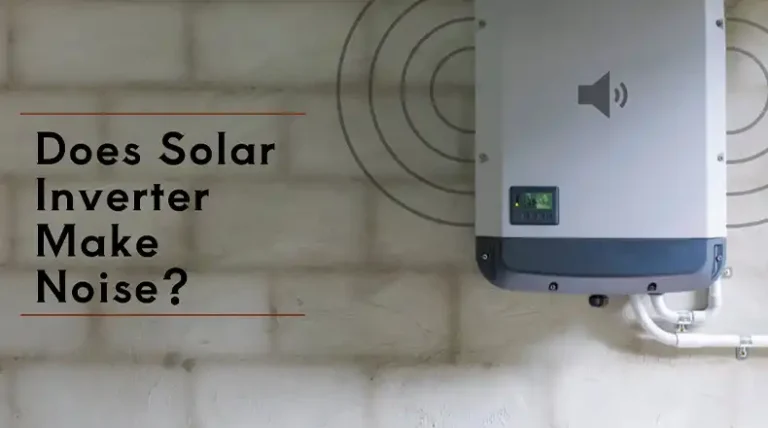Xantrex Solar Inverter Not Working | Complete Guide
Is your Xantrex solar inverter giving you trouble? Don’t worry, you’re not alone. Lots of folks run into this problem, and it can be really annoying. But guess what? We’re here to help you out!
In this article, we’re going to talk about why your Xantrex solar inverter might not be working and how you can fix it. We’ll keep things simple and easy to understand, whether you’re a solar pro or just getting started with renewable energy.
So, let’s get started and figure out how to get your solar inverter back on track. Trust me, it’s not as scary as it might seem!
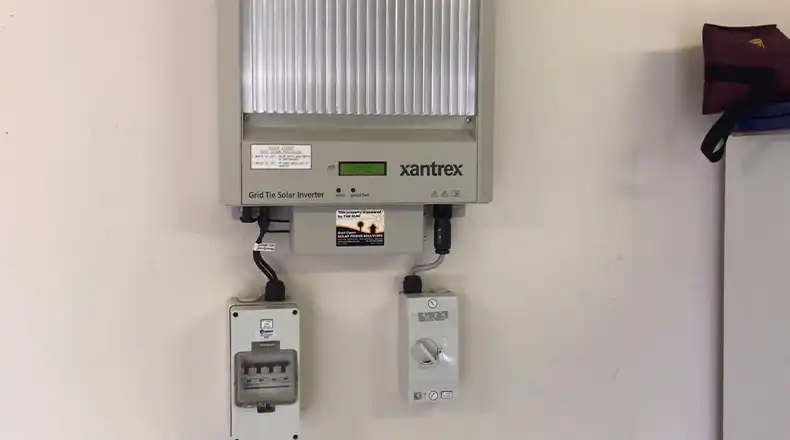
Why Xantrex Solar Inverter Isn’t Working?
Before we jump into fixing your Xantrex solar inverter, let’s take a moment to understand why it might not be working in the first place. Trust me, knowing the root cause can save you a lot of time and frustration down the road.
One of the most common issues I’ve encountered with Xantrex solar inverters is a voltage discrepancy. It’s not uncommon to see a voltage difference of between 0.4V to 0.5V between the actual battery voltage and what the Xantrex reads. This might not sound like much, but it can cause some real problems.
Why does this voltage drop happen? Well, it’s mainly due to the wiring and the circuit breaker. Think of it like this: the electricity has to travel through these components before it reaches the inverter, and along the way, it loses a bit of its oomph. It’s kind of like drinking a milkshake through a really long straw – by the time it reaches your mouth, it’s not quite as thick as it was in the glass.
When your batteries are fully charged, this voltage drop isn’t usually a big deal. But as the batteries start to discharge, that’s when things can get tricky. We start getting dangerously close to the Xantrex cut-off point. Why? Because the voltage that the Xantrex sees is significantly less than what the actual battery voltage is.
Let me break it down for you with a simple example. Let’s say your batteries are actually at 12V, but due to this voltage drop, the Xantrex thinks they’re at 11.5V. If the Xantrex is set to cut off at 11V to protect your batteries from over-discharging, you can see how this misreading could cause problems. The Xantrex might shut off prematurely, thinking your batteries are running low when they actually still have some juice left.
But wait, there’s more! While this voltage discrepancy is a common culprit, it’s not the only reason your Xantrex solar inverter might be acting up. There could be other issues at play. For instance:
- Faulty Connections: Sometimes, it’s as simple as a loose wire or a corroded connection. These can cause intermittent problems that are frustrating to diagnose.
- Overheating: If your inverter is in a poorly ventilated area, it might be overheating. Most inverters have built-in thermal protection that shuts them down if they get too hot.
- Battery Issues: Your batteries might be reaching the end of their lifespan. As batteries age, they lose their ability to hold a charge, which can cause problems for your inverter.
- Inverter Malfunction: Sometimes, the inverter itself might be faulty. This could be due to age, manufacturing defects, or damage from power surges.
- Incorrect Settings: If your inverter settings aren’t properly configured for your system, it can cause all sorts of weird behavior.
- Grid Issues: For grid-tied systems, problems with the utility grid can sometimes cause your inverter to shut down as a safety precaution.
Remember, diagnosing the exact problem can be tricky, especially if you’re not a solar tech expert. But don’t worry! In the next section, we’ll go through some steps you can take to troubleshoot and hopefully get your Xantrex solar inverter back on track. Stay with me, and we’ll have you soaking up that sweet solar energy again in no time!
How to Get Xantrex Solar Inverter Back into Working Procedure
Alright, now that we’ve covered the potential reasons why your Xantrex solar inverter might be throwing a tantrum, let’s roll up our sleeves and get into the fun part – fixing it! Don’t worry if you’re not a tech whiz; I’ll walk you through this step by step.
First things first, let’s start with the easiest solution and work our way up to the more complex ones. Remember, safety first! Always make sure you’re comfortable with what you’re doing, and if in doubt, don’t hesitate to call in a professional.
1. The Reset Option: Your First Line of Defense
Let’s kick things off with the simplest solution – the reset option. It’s like the “turn it off and on again” of the solar world, and you’d be surprised how often it works!
Here’s what you need to do:
- Locate the Inverter button on your Xantrex solar inverter.
- Press and hold this button for a few seconds.
- The system should reset itself.
This simple action can often clear up minor glitches and get your inverter back on track. It’s kind of like giving your inverter a little wake-up call. “Hey buddy, time to get back to work!”
If this doesn’t do the trick, don’t worry. We’ve got more tricks up our sleeve.
2. The Hard Reset: When Things Get Tough
If the simple reset didn’t work, it’s time to bring out the big guns – the hard reset. This is a bit more involved, but it can often solve more stubborn issues.
Here’s the process:
- Physically disconnect both the positive and negative battery cables from the inverter.
- Now, here’s the kicker – wait for 3 days. Yes, you read that right. Three whole days!
- After the waiting period, reconnect the battery cables.
I know what you’re thinking – “Three days? Are you kidding me?” Trust me, I was skeptical too when I first heard about this. But here’s the thing: for reasons that even I don’t fully understand, physically disconnecting the battery cables and waiting for this extended period can work wonders.
In my experience, this hard reset method has enabled the inverter to once again handle loads over 1400 watts, even when just turning off the batteries didn’t do the trick. It’s like giving your inverter a mini-vacation – sometimes we all need a break to come back stronger, right?
Now, I should mention that how long the effects of this hard reset will last remains to be seen. It’s not a guaranteed permanent fix, but it can buy you some time to figure out if there’s a deeper issue at play.
3. Check Your Connections
While you’re waiting for that three-day reset period, why not take the time to check all your connections? Sometimes, the problem is as simple as a loose wire or a corroded connection.
Here’s what to look for:
- Check all the cables connecting your solar panels, batteries, and inverter.
- Look for any signs of wear, fraying, or corrosion.
- Make sure all connections are tight and secure.
- If you spot any issues, clean the connections or replace the cables if necessary.
Remember, electricity and water don’t mix, so make sure everything is dry before you start fiddling with connections
Wrapping Up
The big takeaway? A little TLC goes a long way. Regular check-ups, quick troubleshooting, and not being afraid to ask for help when you need it – that’s the secret sauce to keeping your solar setup singing.
So, solar warriors, how’d it go? Did you get your Xantrex back on its feet? Got any wild inverter stories to share? Drop ’em in the comments below! We’re all in this sunny adventure together, after all.

